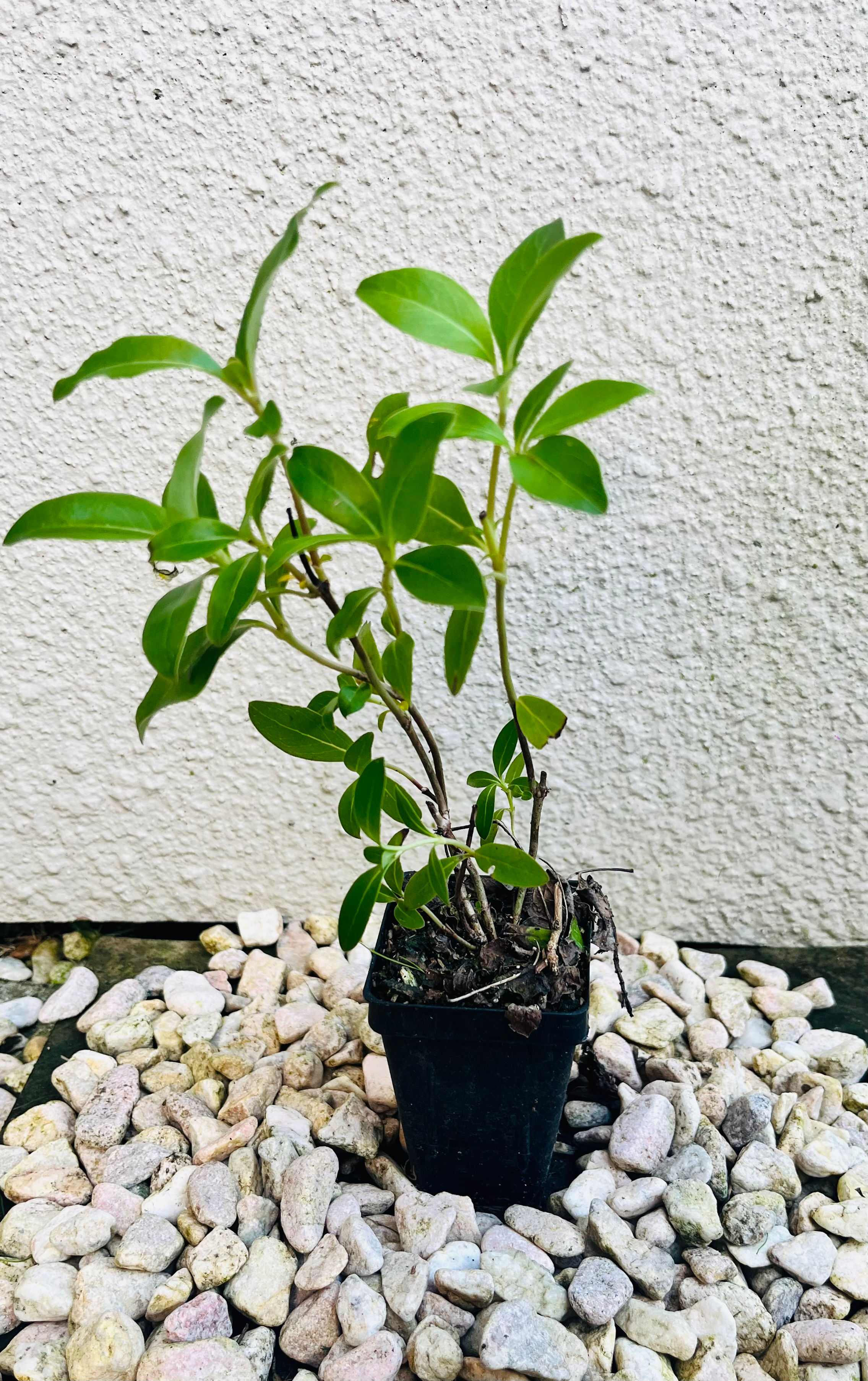Coprosma robusta (Kōwhai Ngutu Kākā / Karamu) is a hardy, fast-growing New Zealand native shrub or small tree. It’s valued for its dense foliage, versatility, and wildlife-attracting berries, making it a staple in native gardens and restoration projects.
Description
Evergreen shrub or small tree with a dense, rounded habit
Glossy dark green leaves, sometimes with red stems
Produces small white flowers, followed by bright orange to red berries
Typically grows 4–8 metres high, occasionally taller
Hardy, long-lived, and attractive year-round
Growing Conditions
Thrives in full sun to partial shade
Prefers well-drained soil; tolerates a range of soil types, including coastal and poor soils
Moderate watering; drought-tolerant once established
Hardy to frost, wind, and coastal exposure
Low maintenance; occasional pruning for shape or size control
Uses in Landscaping
Ideal for hedging, screening, and shelter belts
Excellent for native, naturalistic, and coastal gardens
Attracts birds and pollinators, supporting biodiversity
Suitable for revegetation and restoration projects
Works well in group plantings or as a specimen shrub/tree
.png)
